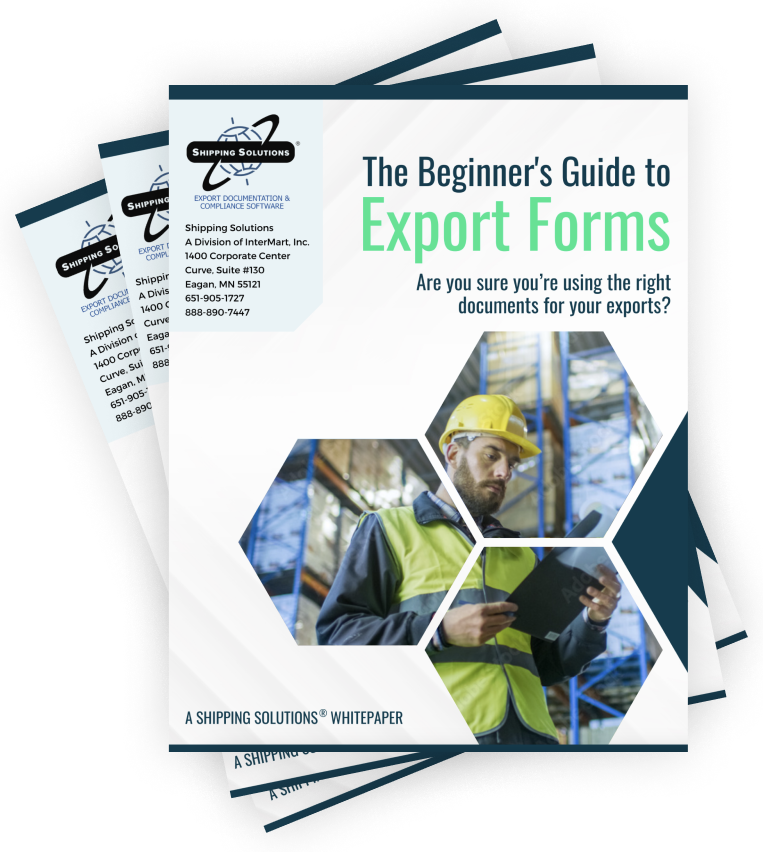The International Trade Blog Import Procedures
Lacey Act Compliance: A Guide for Importers
On: November 13, 2024 | By:  Kari Crane |
8 min. read
Kari Crane |
8 min. read
 It’s essential to stay on top of changing regulations to ensure you’re meeting your compliance obligations. This December, significant updates to the Lacey Act will broaden its scope, affecting a wider range of products, including many with plant-based, wood or paper materials. Originally enacted to combat illegal logging and trade in unlawfully sourced plants, these new rules carry serious compliance implications for importers across various industries.
It’s essential to stay on top of changing regulations to ensure you’re meeting your compliance obligations. This December, significant updates to the Lacey Act will broaden its scope, affecting a wider range of products, including many with plant-based, wood or paper materials. Originally enacted to combat illegal logging and trade in unlawfully sourced plants, these new rules carry serious compliance implications for importers across various industries.
If your product’s Harmonized Tariff Schedule (HTS) code is included under the Lacey Act, you need to properly file a declaration with the Animal and Plant Health Inspection Service (APHIS) and U.S. Customs and Border Protection (CBP) demonstrating that your product complies with Lacey Act regulations. Phase VII changes being rolled out December 1, 2024, mean declarations will be required for all remaining plant product HTS codes that are not 100% composite materials. You can view the products included in Phase VII in this Federal Register notice: Public Inspection: Implementation of Revised Lacey Act Provisions.
In this article, we will explain the key aspects of the Lacey Act, including its purpose, enforcement and how to meet your compliance requirements.
What Is the Lacey Act?
The Lacey Act, originally passed in 1900 and subsequently amended over the years, is a U.S. federal law designed to protect wildlife and plants by regulating trade in both native and foreign species. While the act initially aimed to address issues related to the illegal trade of wildlife, it was expanded in 2008 to include plants and plant products. The primary objective of the Lacey Act is to combat the trade in illegally harvested or sourced plant materials, thereby helping conserve global forests and ecosystems.
How Does the Lacey Act Work?
The Lacey Act requires importers to provide documentation and declarations that prove the legality of the plants and plant products they are importing. Importers must submit a Lacey Act declaration for covered commodities, detailing information about the product's source, species and compliance with applicable laws. This declaration is a critical component of demonstrating compliance with the act.
Who Enforces the Lacey Act?
The enforcement of the Lacey Act falls under several U.S. government agencies, including the U.S. Fish and Wildlife Service (USFWS), the Animal and Plant Health Inspection Service (APHIS) and the U.S. Customs and Border Protection (CBP). These agencies work together to investigate and enforce the provisions of the act, ensuring that imported plants and plant products comply with its requirements.
What Products are Currently Included in the Lacey Act?
The Lacey Act applies to a wide range of plant and plant-related products, including but not limited to:
- Timber and wood products
- Paper and paper products
- Furniture made from wood
- Musical instruments made from wood
- Plants, seeds and plant-based products
The act also covers any products containing these materials, making it a comprehensive regulation affecting many industries. You can see which Harmonized Tariff Schedule chapters and headings currently require a Lacey Act declaration here.
Products derived from fish and wildlife are also included in the Lacey Act (feathers or pearls used in jewelry, for example), requiring importers and exporters to follow all U.S. and foreign laws related to wildlife. However, a declaration is not required for these products. Learn more about wildlife regulations here.
What Products are Exempt from the Lacey Act?
Certain products are exempt from the Lacey Act's requirements. Exemptions include:
- Plant products used exclusively as packaging material to support, protect or carry another item, unless the packaging material itself is the item being imported. Packaging materials such as pallets, shipping containers and cases, for example, would be exempt.
- Common food crops, such as fruits, vegetables, and grains.
- Live plants.
- Products made from non-plant materials (e.g., metals, plastics) that may contain small amounts of plant material incidentally.
Changes to the Lacey Act [2024]
APHIS is getting ready to roll out Phase VII of the Lacey Act: “In this phase, Lacey Act declarations will be required for all remaining plant product Harmonized Tariff Schedule (HTS) codes that are not 100% composite materials.”
Furniture, additional essential oils and cork that have never needed Lacey Act declarations will now need them. APHIS published a list of the affected HTS codes in the Federal Register. If you import items that contain plant products, you will likely need to file a Lacey Act declaration once Phase VII is implemented in December.
To prepare for the new phase, APHIS recommends you ensure you know your supply chain for each piece of plant material in your final product, some of which may include many different plant species. For example, furniture may include inlays of many species, so you need to request that suppliers provide the scientific name and harvest location for each plant product used.
During Phase VIII, the Federal Register will include a definitive explanation of what constitutes composite materials. Currently, the law lacks a specific definition for this term.
Do I Need a Lacey Act Declaration?
APHIS says to use the following flowchart to determine if you need a declaration:
Yes, if... (all must apply)
- Your product contains plant material, and
- Your product is classified under a Harmonized Tariff Schedule (HTS) code listed on APHIS’ Implementation Schedule, and
- Your shipment is imported as a formal entry, and
- Your shipment falls under one of these entry type codes
No, if... (at least one must apply)
- Your product is free of plant material, or
- Your product falls in one of these categories of exempt products (unless the product is protected, then a declaration is required):
- Common Cultivars and Common Food Crops, or
- Scientific specimens for lab/field research only, or
- Plants that will remain planted or will be planted/replanted
- Your product is hand-carried in personal baggage or arrives via international mail, or
- Your shipment is an informal entry, or
- Your shipment contains finished products that are not classified under one of the HTSUS codes on APHIS’ implementation schedule, even if some of the materials used to create the product might otherwise require a declaration, or
- Your shipment will not remain in the United States (in-bond movements and carnets), or
- Your shipment meets the de minimis requirement
How to File a Lacey Act Declaration
The Importer of Record (IOR) or their agent (e.g. a customs broker) can file a declaration electronically (the preferred method) or by mailing a paper form.
The declaration will include the following information:
- Description of the product, including species and quantity
- Country of harvest or production
- Scientific name (genus and species) of the plant material
- Information on the harvest or production process, demonstrating legal compliance
- Name and contact information of the responsible party or importer
Electronic Declaration
The primary method for filing Lacey Act declarations electronically is through the Automated Commercial Environment (ACE). Alternatively, you can file declarations through the Lacey Act Web Governance System (LAWGS).
Paper Declaration
You can file a paper declaration using PPQ Form 505.
What if You Don't Comply with the Lacey Act?
Noncompliance with the Lacey Act can have severe consequences for importers. Penalties for violations can include fines, confiscation of goods and even imprisonment. Additionally, non-compliant companies may face reputational damage and be excluded from participating in future trade. Understand what components make up your product to ensure compliance.
Like what you read? Join thousands of exporters and importers who subscribe to Passages: The International Trade Blog. You'll get the latest news and tips for exporters and importers delivered right to your inbox.

About the Author: Kari Crane
Kari Crane is the editor of Passages: The International Trade Blog. Kari joined Shipping Solutions after working as an editor, writer and designer at a major market newspaper in Texas. Kari has spent her career finding different ways to tell stories and make complex topics easy-to-understand, so she loves helping importers and exporters understand how to navigate the complex world of international trade.




